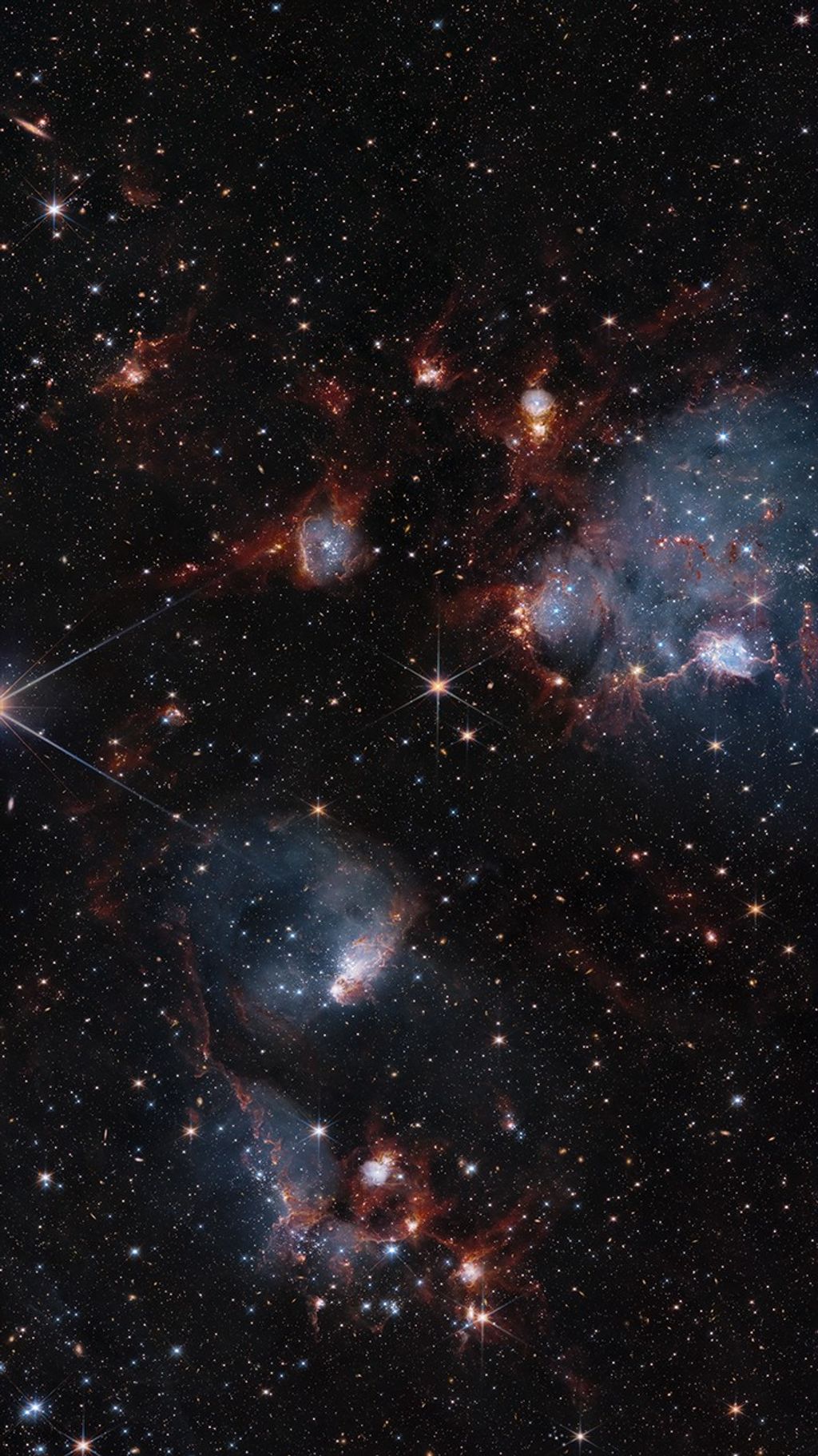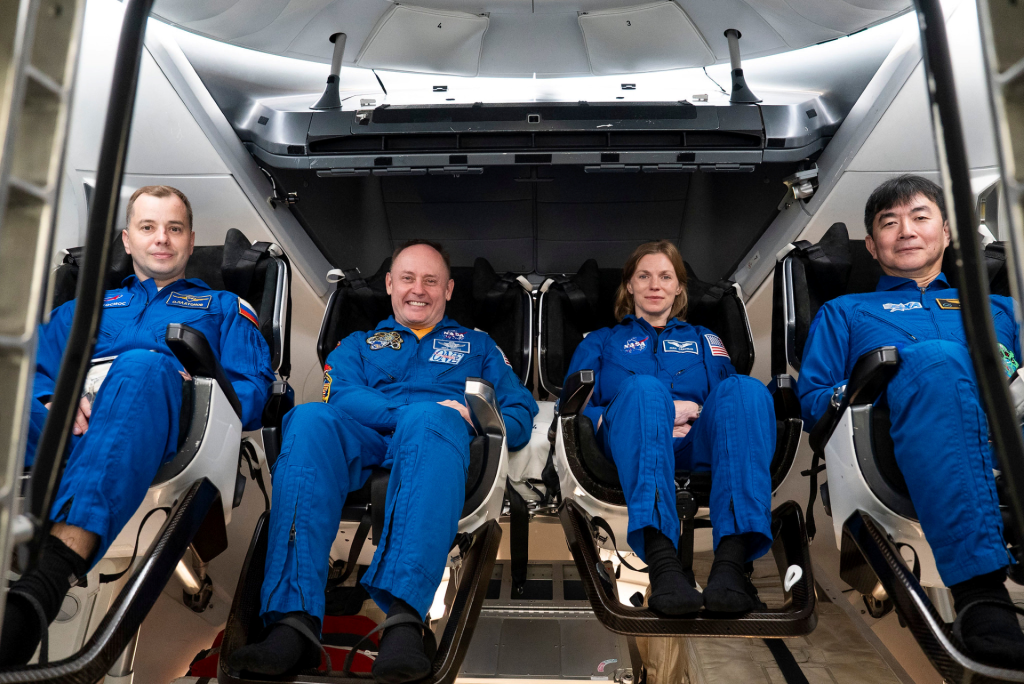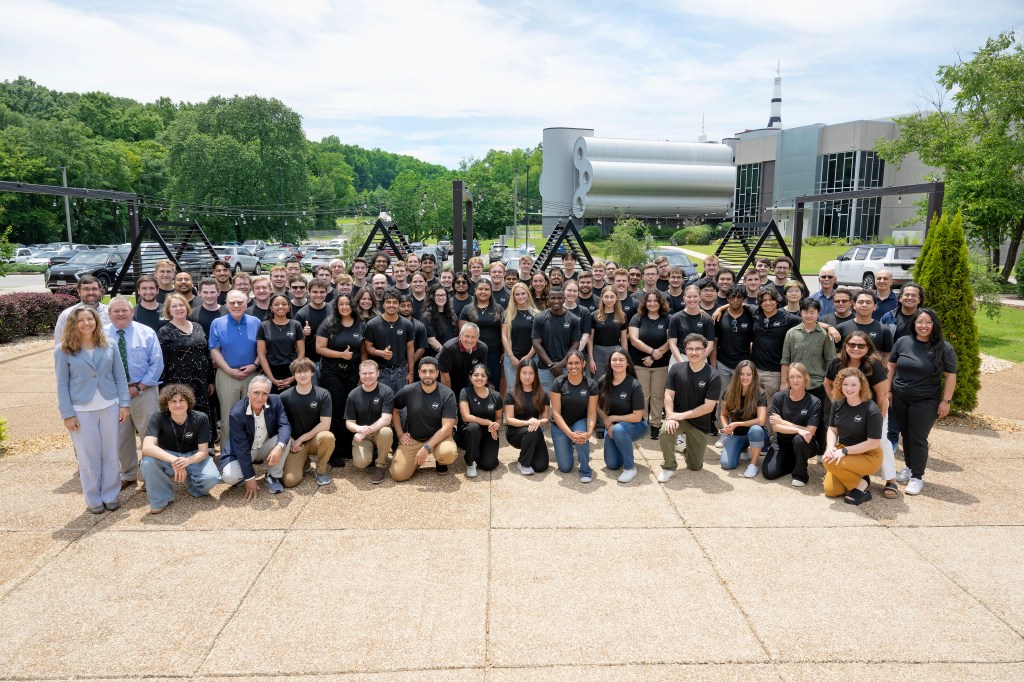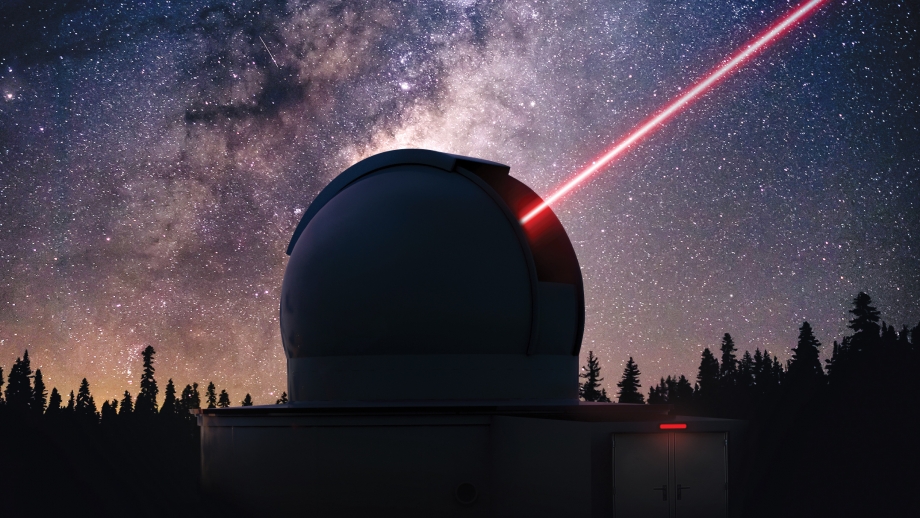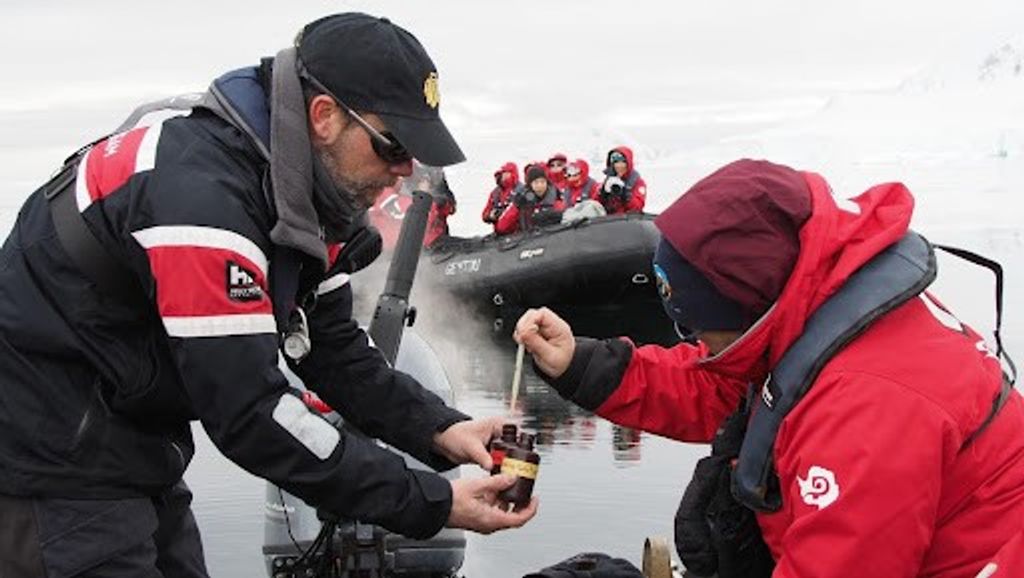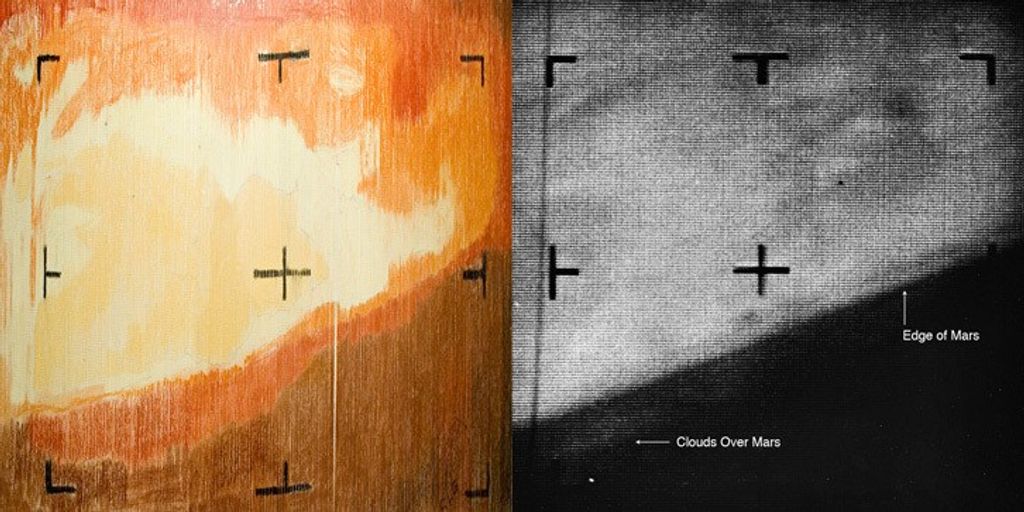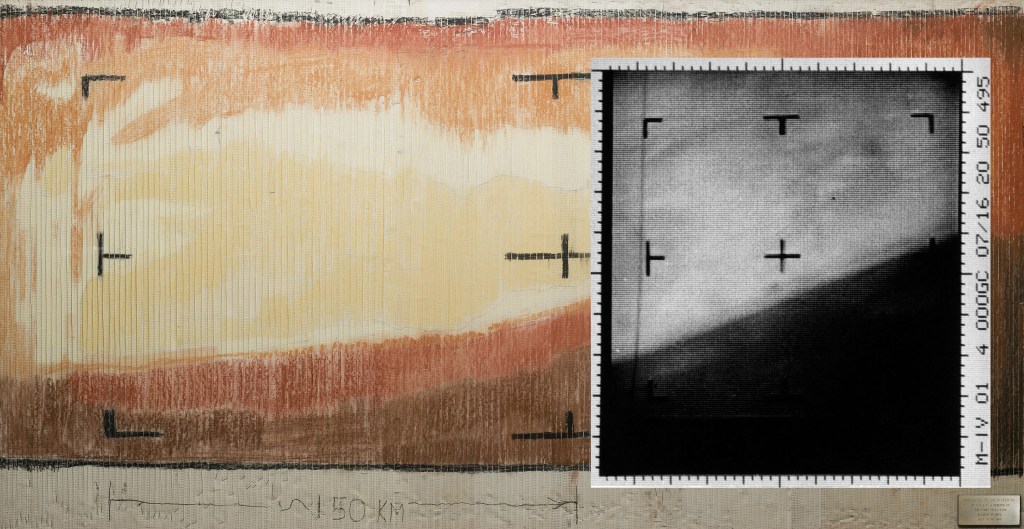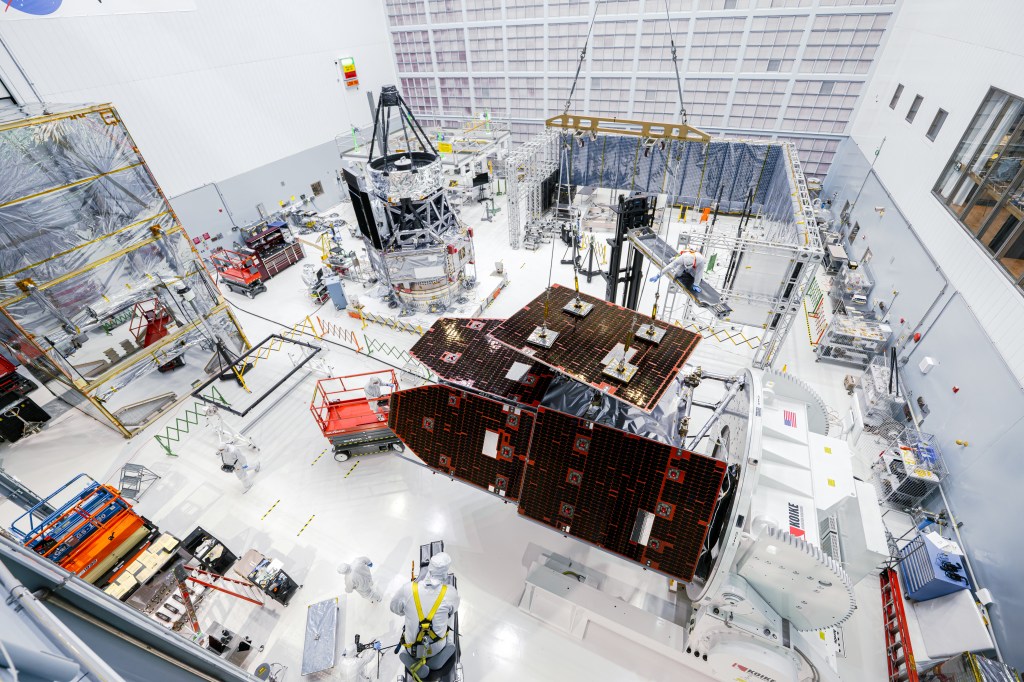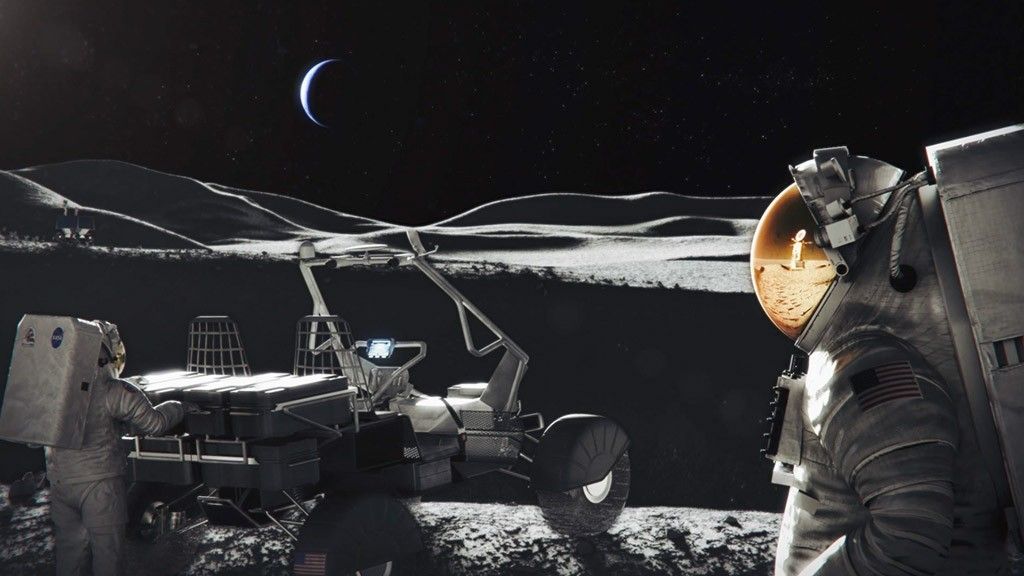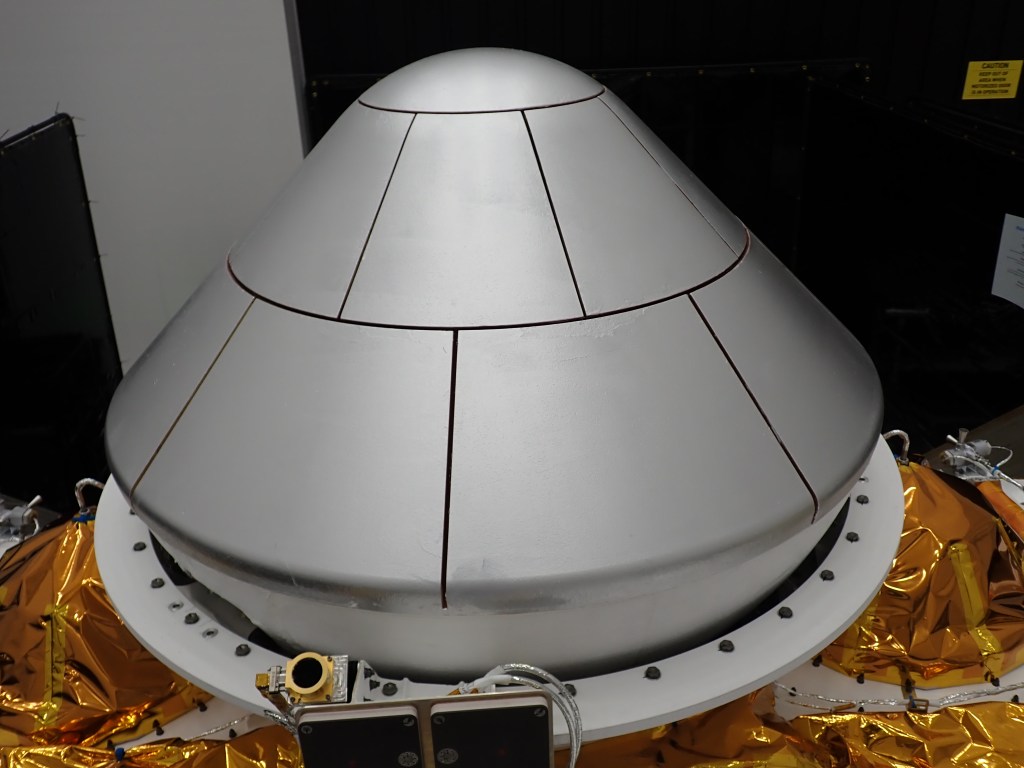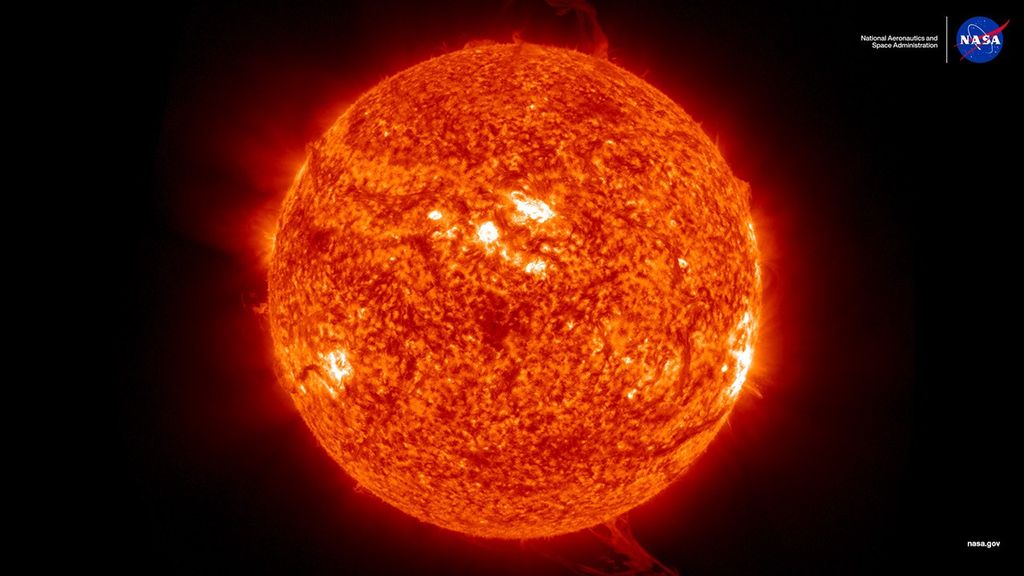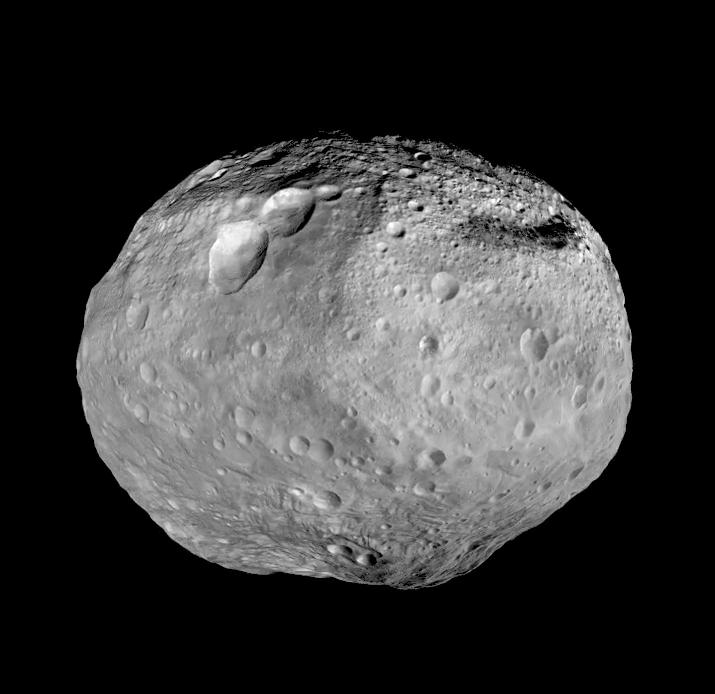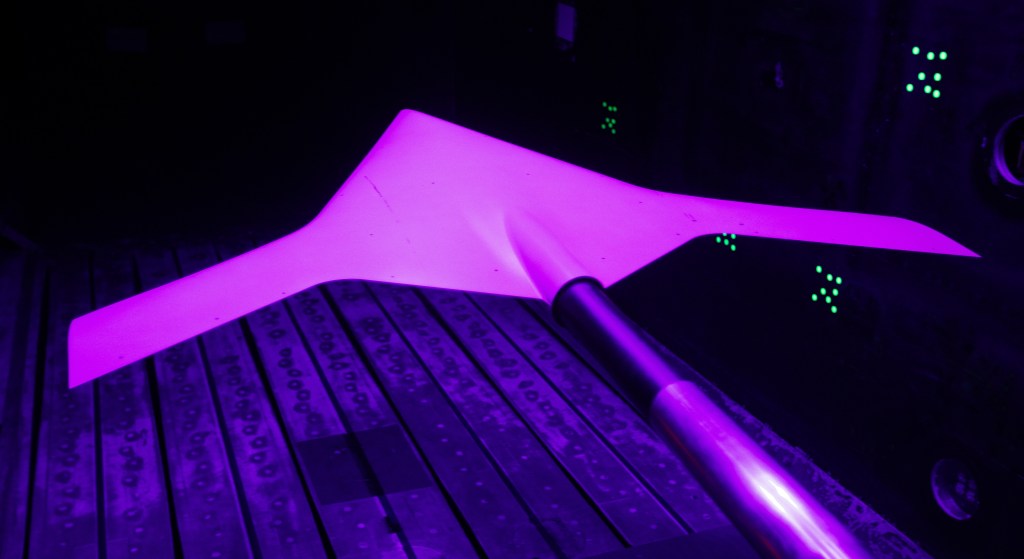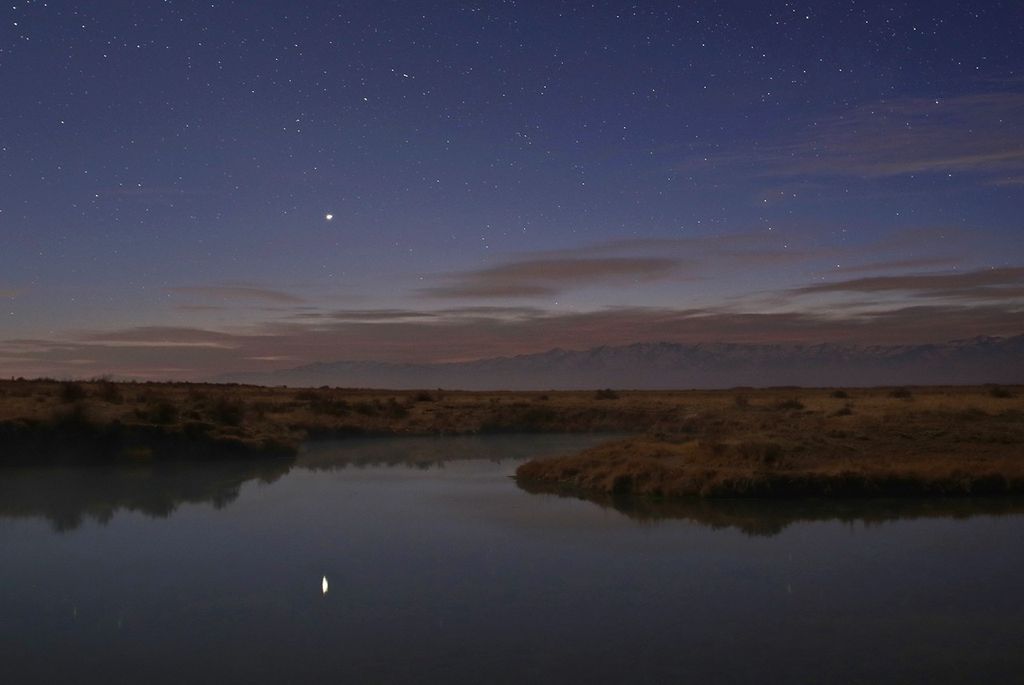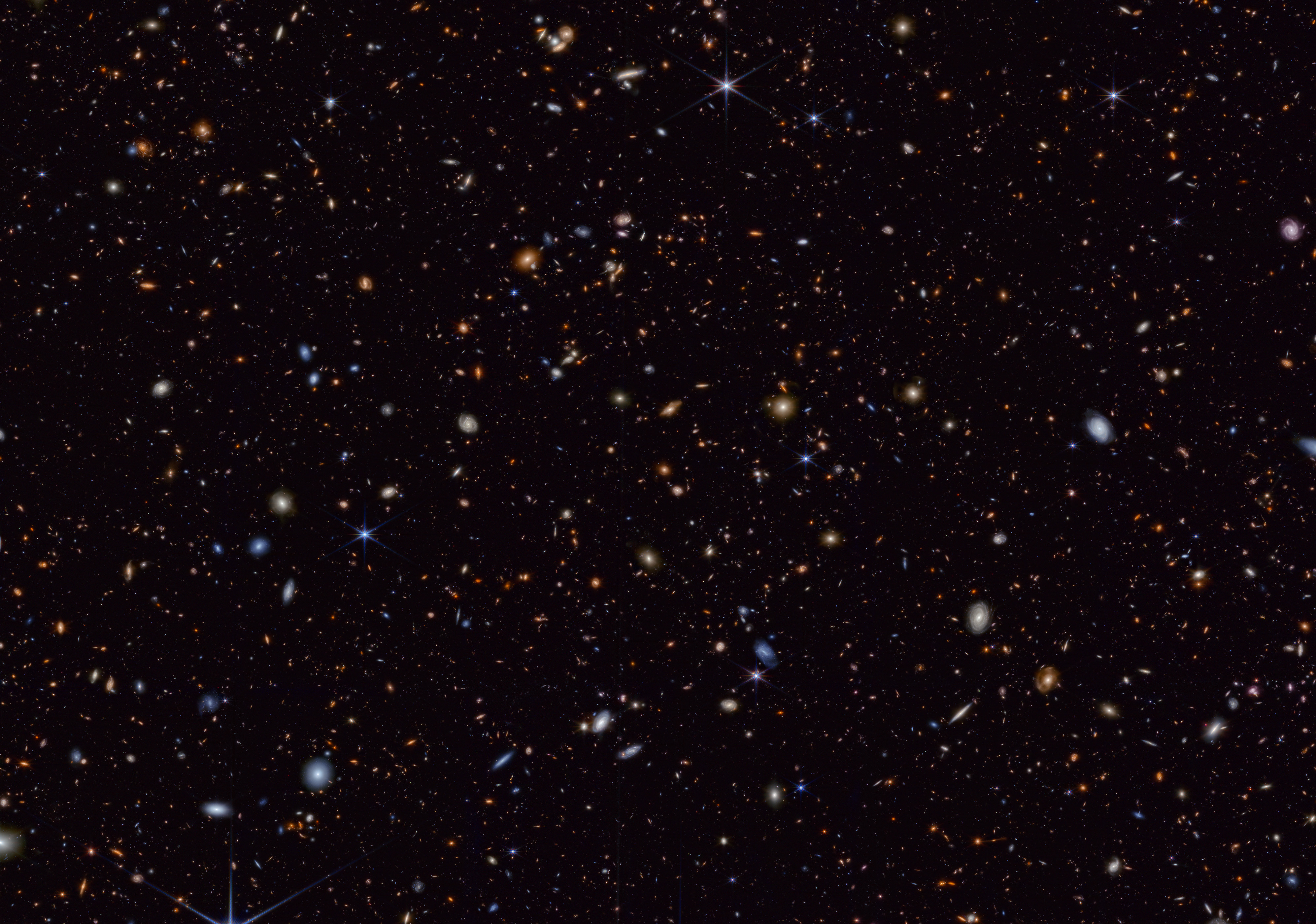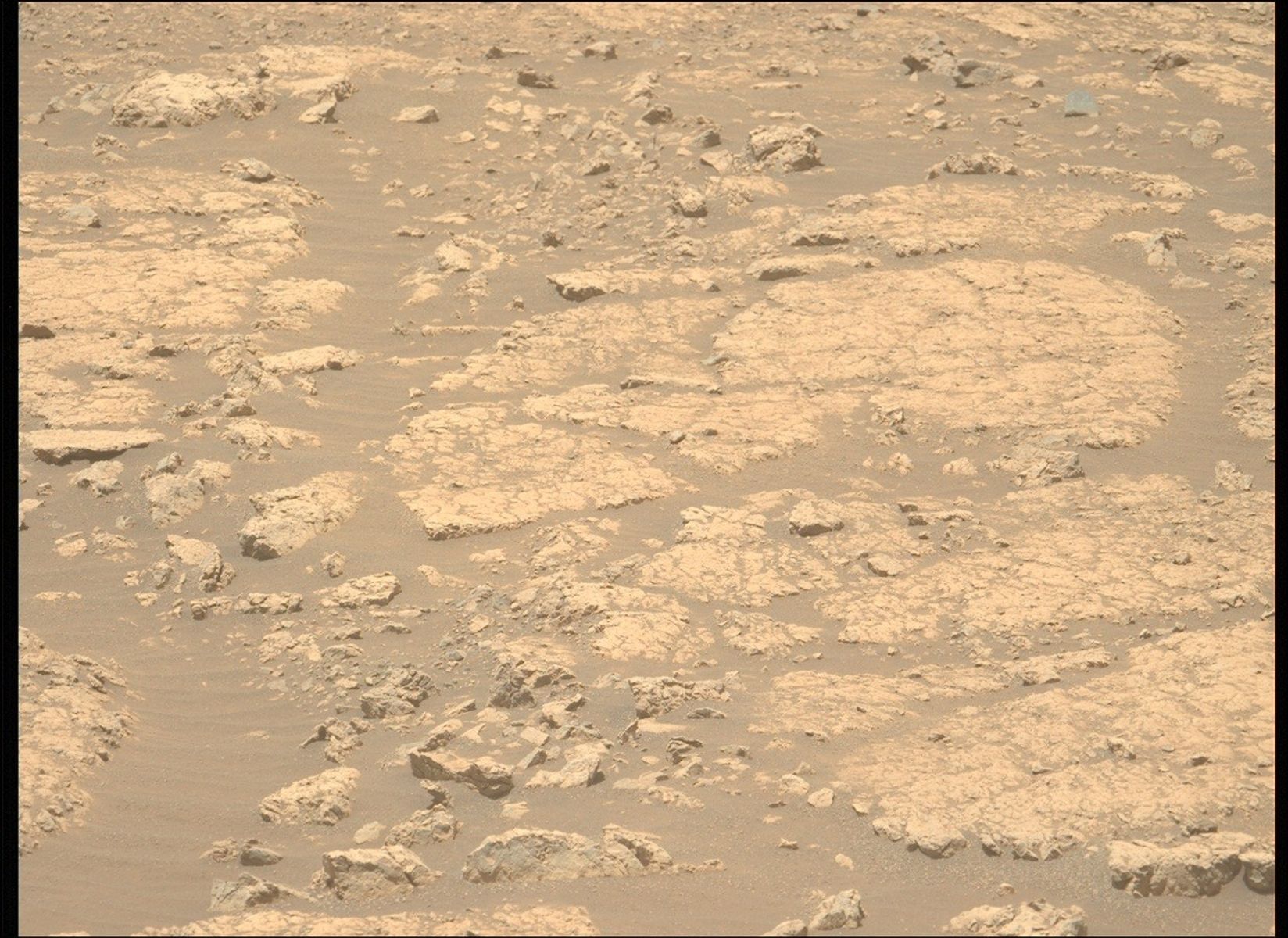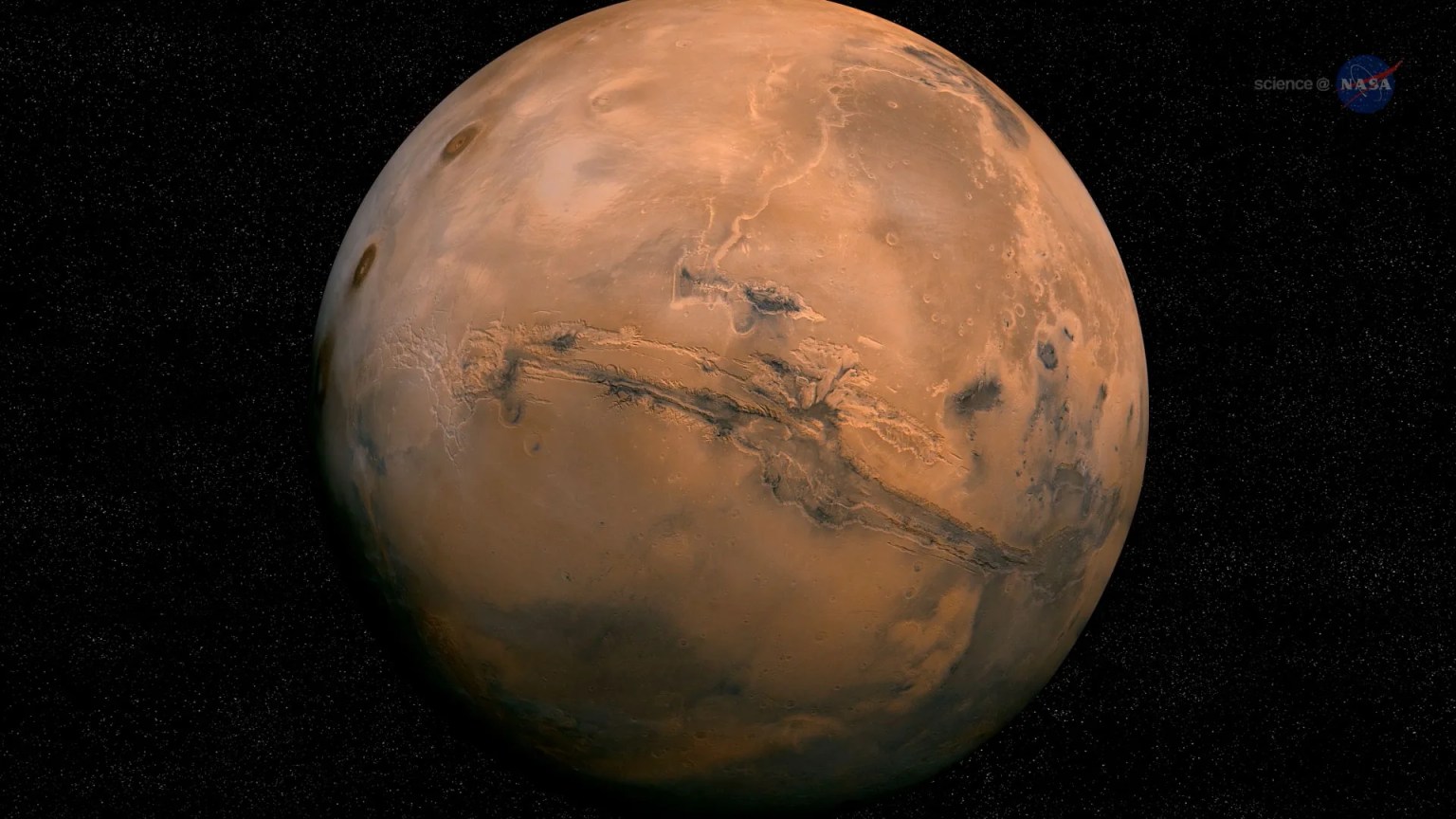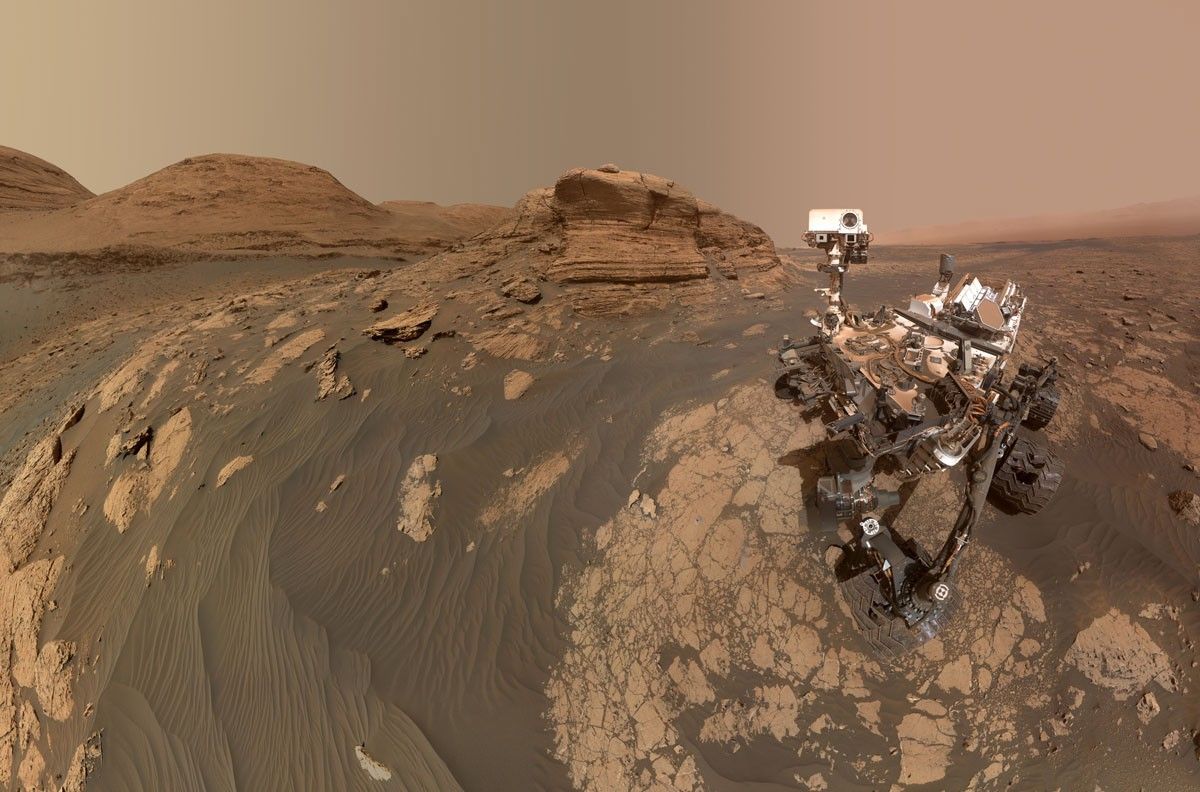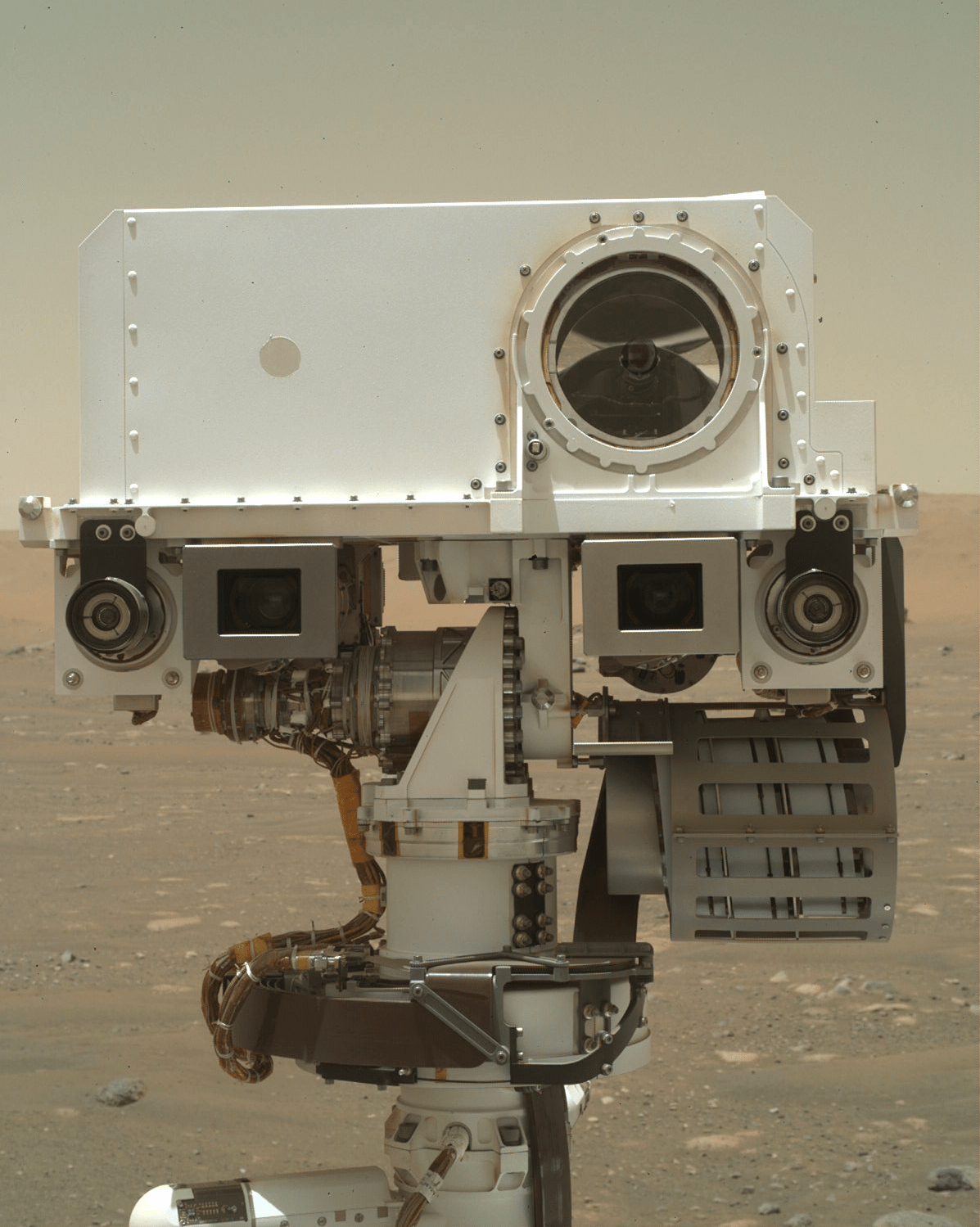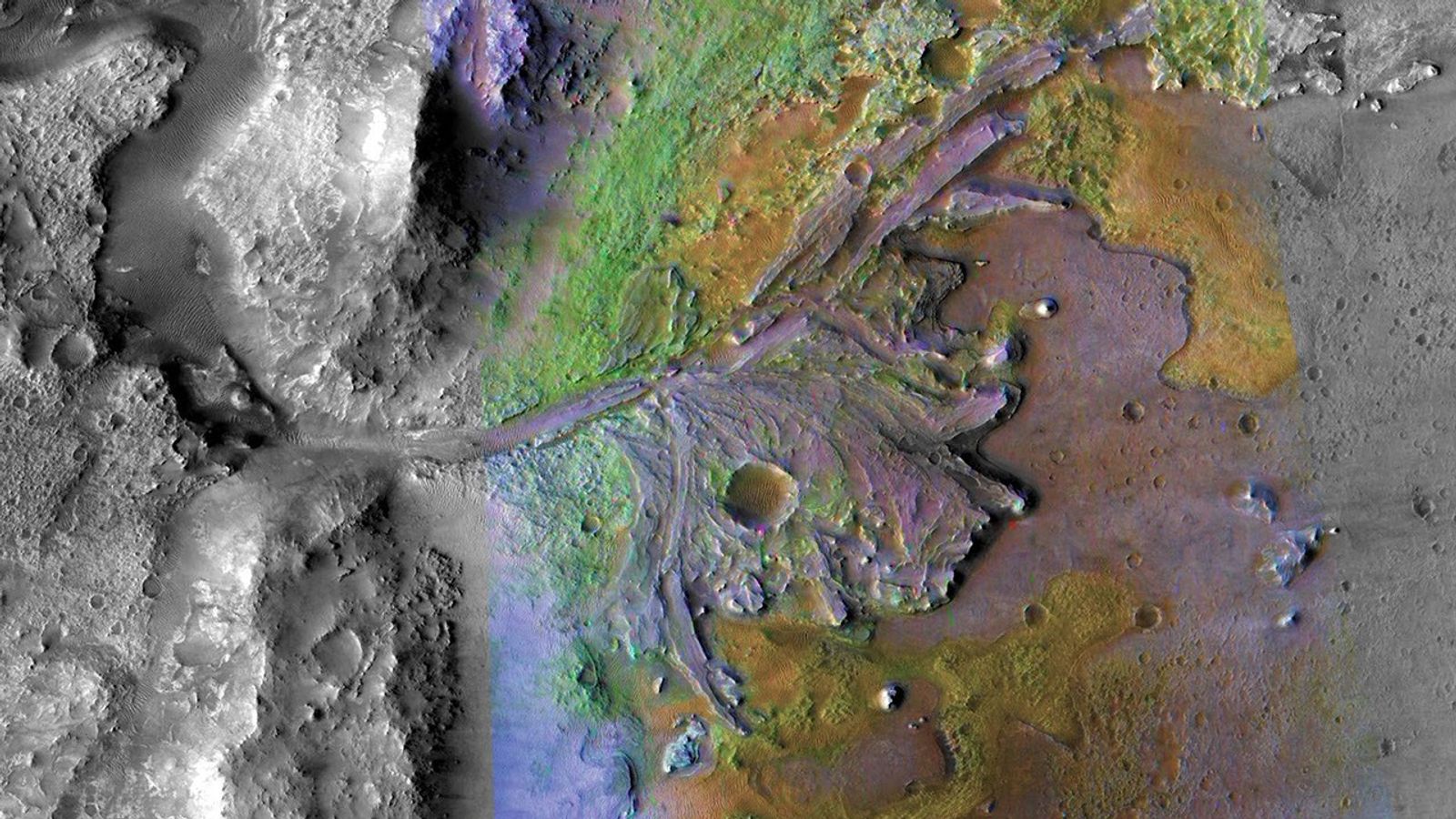MSL roved 53 meters on Sol 1446, and ended up in an area with nice exposures of bedrock . We were interested in taking MAHLI close-up images of the bedrock
but were concerned that they would not be very useful if the surface as
dusty as it typically is. We therefore considered using the ChemCam laser to
clean off some of the dust and get chemical information before deploying
the arm, but recognized that the MAHLI targets would be partly shadowed
by the arm turret, which would make the MAHLI images more difficult to
interpret. Adding the arm activities would also leave less time for
driving, so we had a lot of trade-offs to consider and it was a busy day
for me as SOWG Chair! We finally decided not to include the MAHLI
images in the plan, and focus instead on Mastcam imaging of the nearby
buttes and maximizing the drive distance. We were also able to fit
ChemCam and Mastcam observations of the "Luxilo" bedrock target into the
plan, along with Right Mastcam images of the "Caxito" laminated
exposure and the Sol 1446 AEGIS target. After the drive and usual
post-drive imaging, SAM will clean its scrubber overnight. On Sol 1449,
Mastcam will again measure the amount of dust in the atmosphere and
ChemCam will autonomously perform another AEGIS activity.
by Ken Herkenhoff Dates of planned rover activities described in these reports are subject to change due to a variety of factors related to the Martian environment, communication relays and rover status.
Written by Ken Herkenhoff, Planetary Geologist at USGS Astrogeology Science Center

